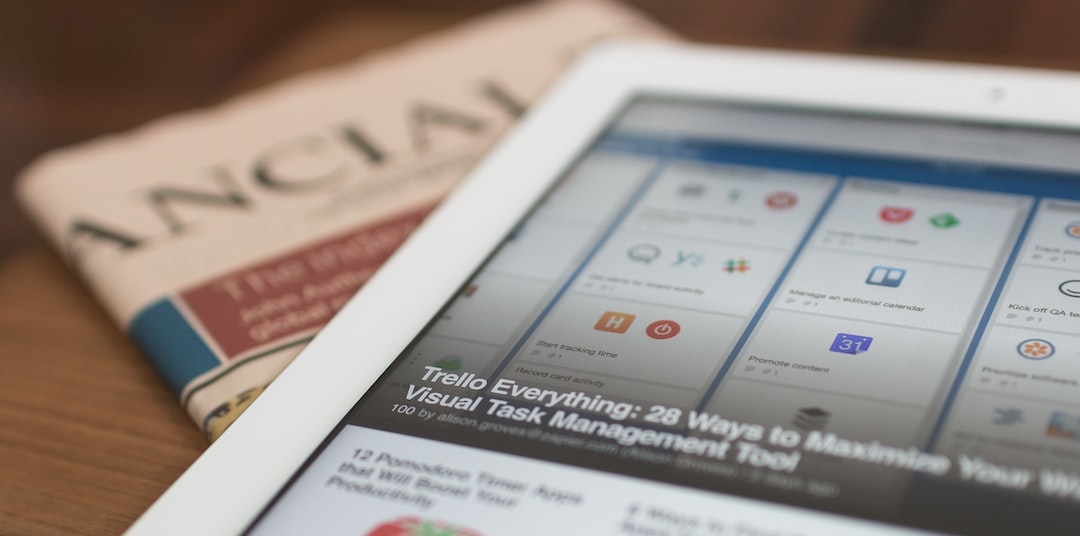In today’s digital age, students are exposed to a vast amount of information on a daily basis. From social media to news websites, they are bombarded with news articles, videos, and advertisements. While technology has made access to information easier than ever before, it has also made it more challenging to navigate through the abundance of content and determine what is accurate and reliable. This is where media literacy becomes crucial.
Media literacy is the ability to access, analyze, evaluate, and create media in a variety of forms. It involves critical thinking skills and understanding the role that media plays in shaping our beliefs and attitudes. While media literacy has always been important, it has become even more essential in the digital era due to the constant influx of information and the rise of fake news.
Teaching students media literacy is not about discouraging the use of technology or vilifying the media. Instead, it is about empowering students to become critical consumers and creators of media. By equipping them with the skills to analyze and evaluate media content, we can help them navigate the digital landscape with confidence and make informed decisions.
One of the fundamental aspects of media literacy is the ability to analyze the credibility and bias of sources. Students need to learn how to discern reliable sources from those that are unreliable or potentially misleading. This involves teaching them to look beyond the surface of a news article or video and examine the author’s motive, the presence of reliable sources, and any potential conflicts of interest.
In addition to analyzing sources, media literacy also requires students to critically evaluate the content itself. They should question the accuracy of the information presented, identify any logical fallacies or bias, and consider alternative viewpoints. By encouraging students to ask these critical questions, we can help them develop a healthy skepticism towards media content and avoid falling victim to misinformation or propaganda.
Another important aspect of media literacy is understanding the persuasive techniques used in advertising and other forms of media. Students should be able to recognize strategies such as emotional appeals, celebrity endorsements, or misleading statistics. By teaching them the tactics used by advertisers, we can help them become more resistant to manipulation and make informed choices about the products or ideas being promoted.
In addition to analyzing and evaluating media, media literacy also involves creating media. In the digital era, students have the power to be producers as well as consumers of media. By teaching them how to create media that is ethical, respectful, and accurate, we can encourage them to contribute positively to the digital landscape. This could involve teaching them skills such as video editing, graphic design, or writing for different platforms.
To effectively teach media literacy, it is essential to integrate it into the curriculum across subjects. Media literacy skills can be taught in English or language arts classes by analyzing news articles or literature with a critical lens. In science classes, students can evaluate the accuracy of scientific claims presented in media. Social studies classes can explore the historical and cultural context of media messages. By incorporating media literacy into different subjects, we can help students see its relevance and applicability in their lives.
It is also important to involve parents and guardians in teaching media literacy. Many adults struggle with media literacy themselves, so working collaboratively with families can help reinforce the importance of critical thinking skills and create a consistent message across different environments. Schools can offer workshops or resources to help parents understand the challenges of the digital era and provide guidance on how to support their children’s media literacy development.
In conclusion, media literacy is essential in the digital era to navigate the vast amount of information available and discern reliable sources from misinformation. Teaching students critical thinking skills and the ability to analyze, evaluate, and create media is crucial to their development as informed citizens. By integrating media literacy across subjects and involving parents in the process, we can equip students with the skills they need to navigate the digital landscape confidently and make informed decisions.

